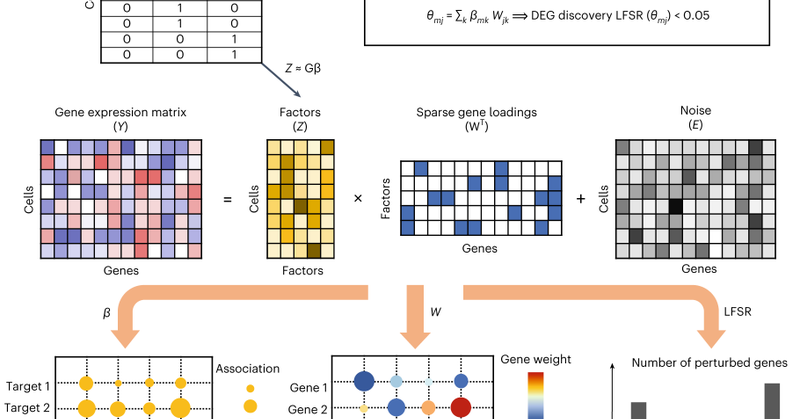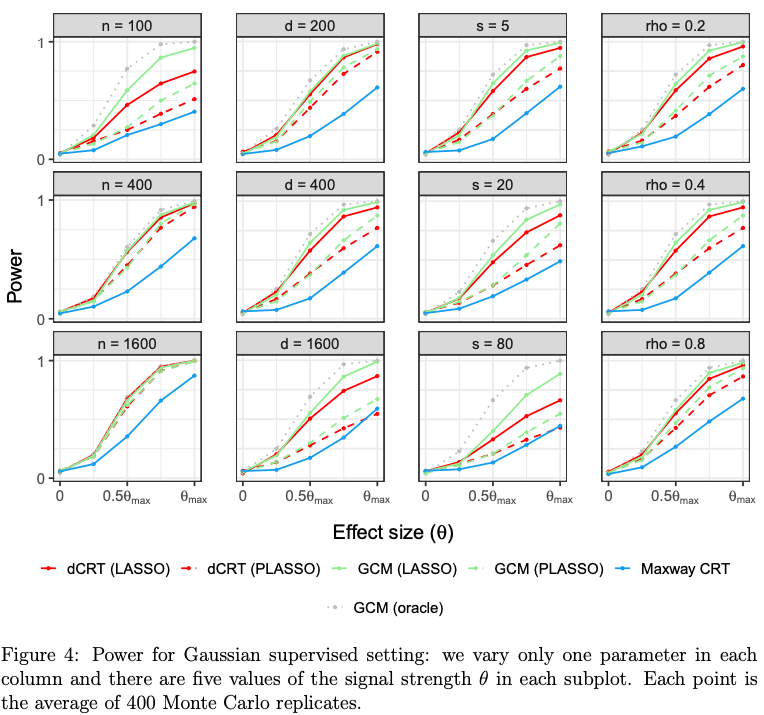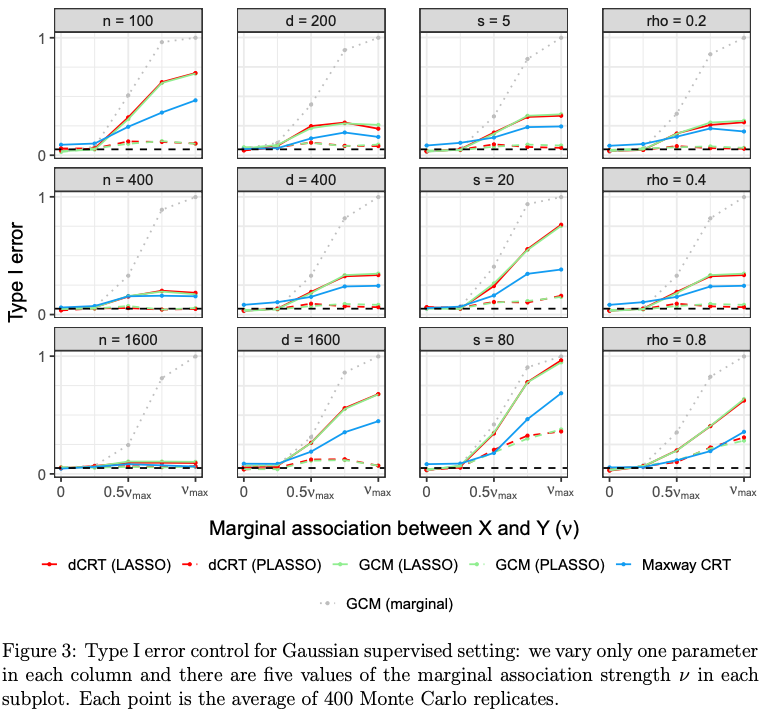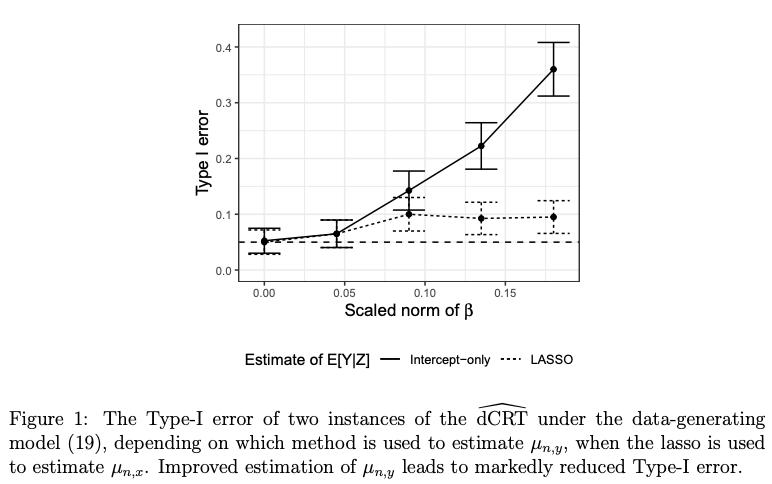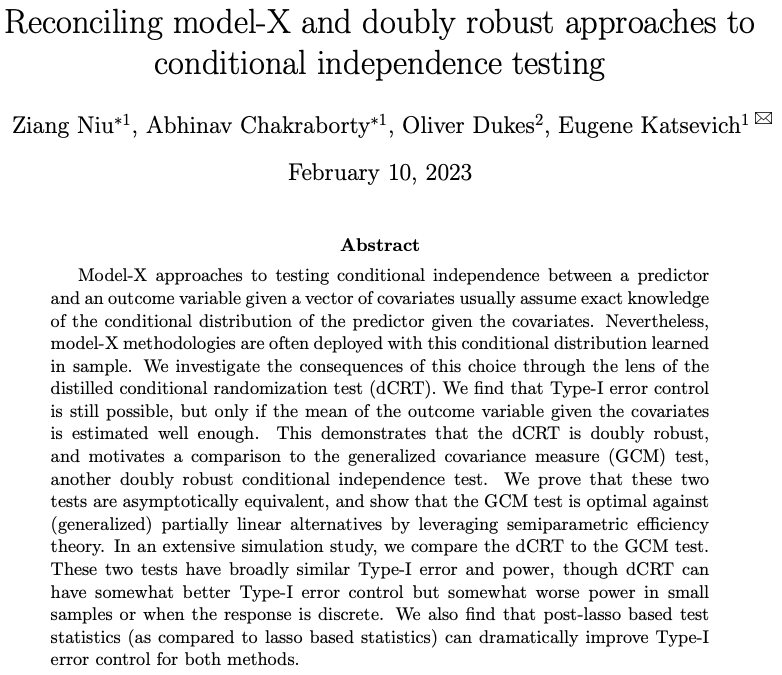
Eugene Katsevich
@EugeneKatsevich
Followers
276
Following
66
Media
7
Statuses
35
Assistant professor of statistics @Wharton, PhD @Stanford. Seeking to unravel the mysteries of #genomics and human disease with #statistics.
Philadelphia
Joined August 2020
I recently added some resources for students to my webpage (. It includes a guide to navigating the statistics job market, which I hope will be useful to those applying this year!.
0
15
76
RT @nevillesanjana: Delighted to share new work from our lab: .MultiPerturb-seq 🎛️❌📥📤. Over the last few years, we've been combining CRIS….
0
58
0
RT @davidliwei: Our latest computational model to unlock the power of single-cell perturbations (e.g., Perturb-seq), by i. quantifying part….
0
9
0
RT @macfound: Rina Foygel Barber (@UChicagoPSD) is a statistician and 2023 MacArthur Fellow investigating the theoretical foundations of fo….
0
37
0
RT @naturemethods: Introducing guided sparse factor analysis (GSFA), a statistical framework to detect changes in gene expression resulting….
nature.com
Nature Methods - Guided sparse factor analysis (GSFA) is a powerful statistical framework to detect changes in gene expression as a result of perturbations in single-cell CRISPR screening.
0
40
0
Thank you @WhartonAnlytcs for supporting this work!.
.@Wharton professor @EugeneKatsevich's software package, SCEPTRE, is helping scientists discover new biological insights by linking genetics to disease risk. With enough data, SCEPTRE could help diagnose and treat diseases more effectively. Learn more:.
0
2
7
RT @james_y_zou: We share our thoughts on how #datascience education can use + evolve w/ #LLMs We give examples/re….
0
30
0
I really like Mendeley Desktop's automatic BibTeX syncing feature. Now that Mendeley Reference Manager has superseded Mendeley Desktop, I am wondering if/when @mendeley_com will add this feature to Reference Manager. Is anyone else still using Mendeley Desktop for this reason?.
1
0
0
Thank you very much to my co-authors Ziang Niu (@MaxwellAng1), Abhinav Chakraborty, and Oliver Dukes!.
0
0
0
MX methods now deployed in genetics ( and genomics (, usually fitting the model for X in sample. However, existing theory assumes either that the model for X is perfectly known or trained on a large unlabeled sample.
genomebiology.biomedcentral.com
Single-cell CRISPR screens are a promising biotechnology for mapping regulatory elements to target genes at genome-wide scale. However, technical factors like sequencing depth impact not only...
1
0
1
